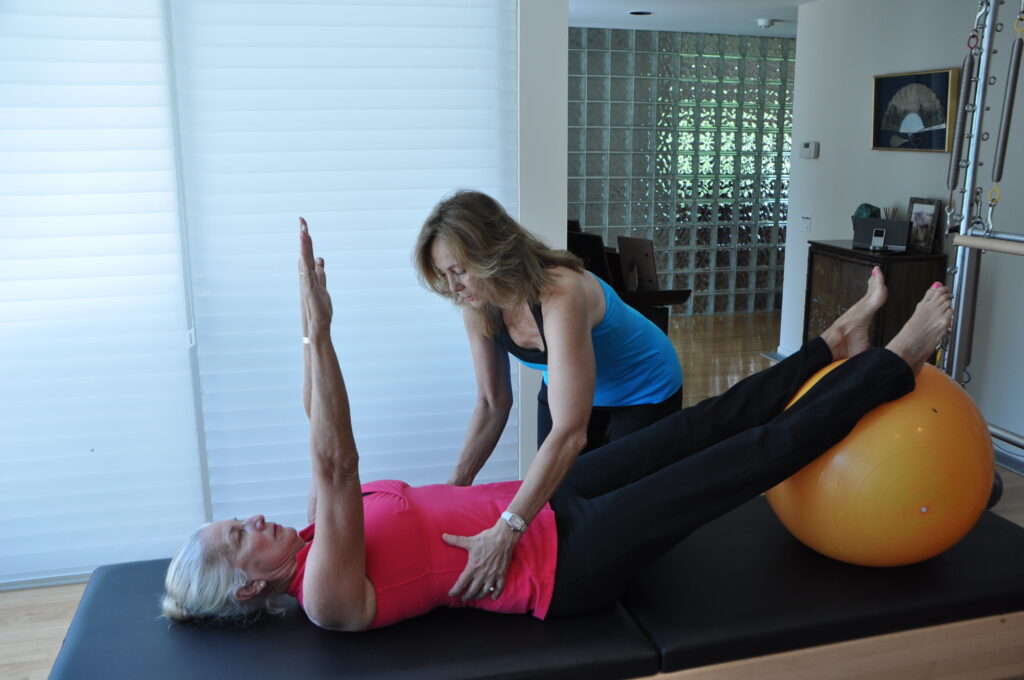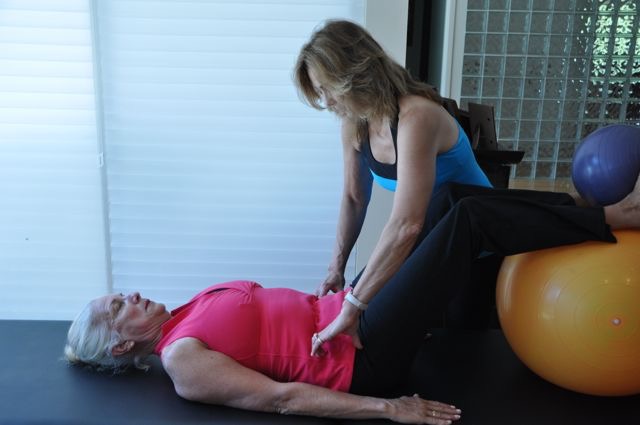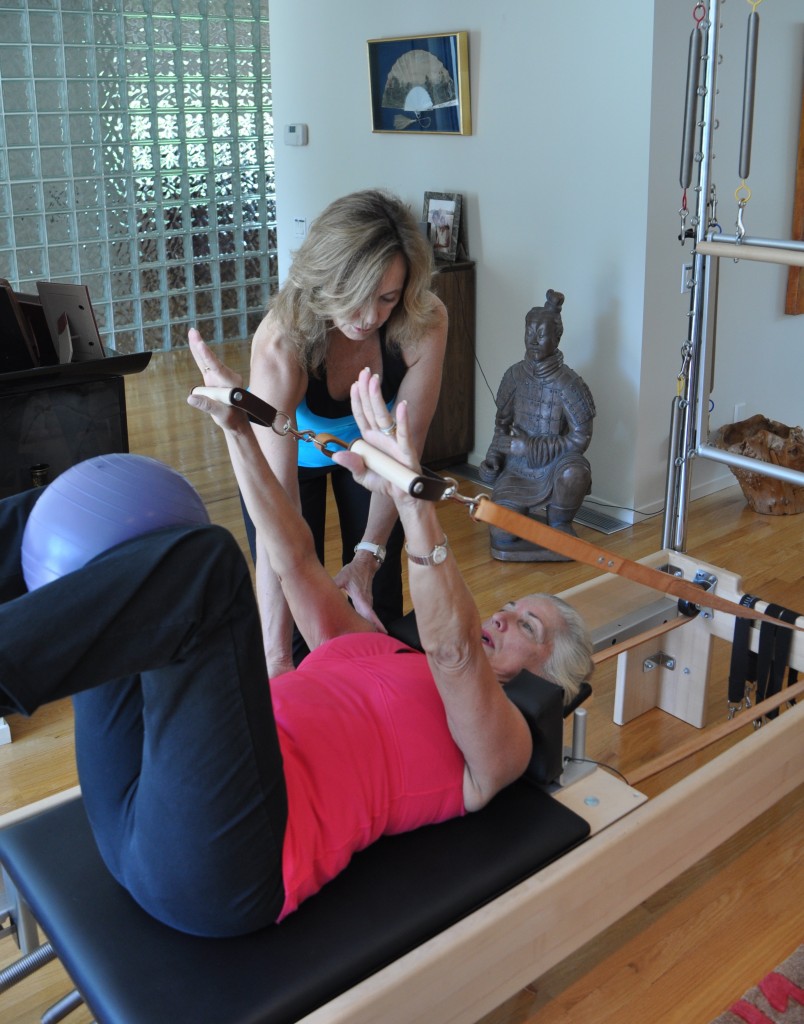Total Joint Arthroplasties Are On The Rise: Pilates Can Offer Endless Benefits
Hip and knee joint replacement surgeries are on the rise, and it’s considered the “operation of the century.”
According to “Rates of Total Joint Replacements in the US: Future Projections to 2020-2040”; total hip arthroplasty may increase by 129% in 2030 to 850,000 replacements and by 284% in 2040 to 1,429,000 replacements. Total knee replacements may increase by182% in 2030 to 1,921,000 replacements: and by 401% in 2040 to 3,416,000 replacements. By 2030 53% of all replacements will be performed on individuals less than 65.
Why are the numbers increasing?
Factors such as an increase in injuries, obesity, systemic inflammations, and malalignment of the lower extremity are all leading to an increase in arthritis. Americans are demanding to stay fit and keep their quality of life. An improvement in the quality and mobility of joint replacement parts and demand for surgeon availability has led to increase hip and knee replacements.
If you had a hip replacement, you’re not alone. I have had two of them! As a child, a water-skiing injury resulted in a fracture of the growth plate at the head of the femur. It then led to Osteoarthritis as an adult and, over time, having both of my hips replaced.

Within 6 months of my first replacement, I began my Pilates journey. I know first-hand how important it is to maintain the life of the prosthesis. My surgeon says my first joint replacement looks 21 months old, not 21 years old. I owe that to Pilates and learning how to adapt the method to my needs.
Osteoarthritis, or referred to as “OA” is a joint disease in which the surface cartilage of a joint wears away, creating cysts, bone spurs, and degeneration of the articular cartilage the most common pathologies leading to a total joint replacement today.
There is hope in safely moving those affected areas.

Implementing healthy ways to improve flexibility while strengthening the hip area has been a passion project from personal experience.
Pilates is so much more than a stretch class, and it’s not just for women. Developed by a man, Joseph Pilates was a gymnast, a boxer, and self-defense trainer. Pilates’ adaptability to different levels of fitness and body types has made “it” an accessible and effective fitness choice for all.
Pilates is adaptable for everyone and can be modified to meet one’s individual needs. It provides a perfect step from pre-habilitation to rehabilitation, post-rehabilitation, and back to full function. If you are a Physical Therapist or Pilates instructor, the progressions, regressions, and modifications for your clients are endless.

Creating and implementing an effective Pilates program can help your clients with hip and knee Pathologies and pre-and post-surgery. My programs consists of best practices in utilizing the Pilates environment on the mat and equipment to help your client through each stage of rehabilitation back to fitness.
Implementing a Pilates program for your clients will help your clients focus on movements while strengthening and increasing congruency and flexibility of the joint. The slow and deliberate movements provide a full-body movement experience. While the program focuses on physicality, you become more mindful of your breath and lessen the fear of movement, providing a successful movement experience without pain.
For an individual preparing for a replacement, a well-designed Pilates program both before and after surgery will give a sense of well-being, increase self-esteem, decrease rehabilitation time, and facilitate the transition back to full function and a return to doing what they like best.
Having a total hip or knee replacement marks a new beginning. Implementing a Pilates routine on a continued basis will nourish the body and maintain the life of the prosthesis.
I welcome you to review my self-paced online workshop on Pilates and Hip OA & my upcoming 2-day course on the “Pilates Teachers Perspective of Lower Extremity Pathologies and Joint Replacements.”
What are your thoughts on implementing Pilates for pre-surgery and post-rehabilitation?
Related Articles
Why Pilates?
Kaplanek, B
Pilates is an ideal form of exercise regardless of limitations, restrictions or current fitness level. It is adaptable and can be modified to meet the needs of the individual. Individuals with hip or knee syndromes and or joint replacements… read more
Pilates Training for Use in Rehabilitation after Total Hip and Knee Arthroplasty
Levine B, Kaplanek, B, Scafura D, Jaffe, WM: Rehabilitation after Total Hip and Knee Arthroplasty: A new regime using Pilates Training. Bulletin of the NYU for Joint Diseases. 2007; 65 (2)120-25
Rehabilitation after Total Hip and Knee Arthroplasty A New Regimen Using Pilates Training
Levine B, Kaplanek, B, Jaffe, WM: Rehabilitation after Total Hip and Knee Arthroplasty: A new regime using Pilates Training. Clinical Orthopaedics and Related Research; spring 2009.
Return to Athletic Activity after Total Hip Arthoplasty
Klein GR, Levine BR, Hozack WJ Strauss RJ, D’Antonio JA, Macaulay W, Di Cesare PE. Return to athletic activity after total hip arthroplasty. Consensus guidelines based on a survey of the hip society and American Association of Hip and Knee Surgeons. J.Arthroplasty.2007; 22(2):171-175.
